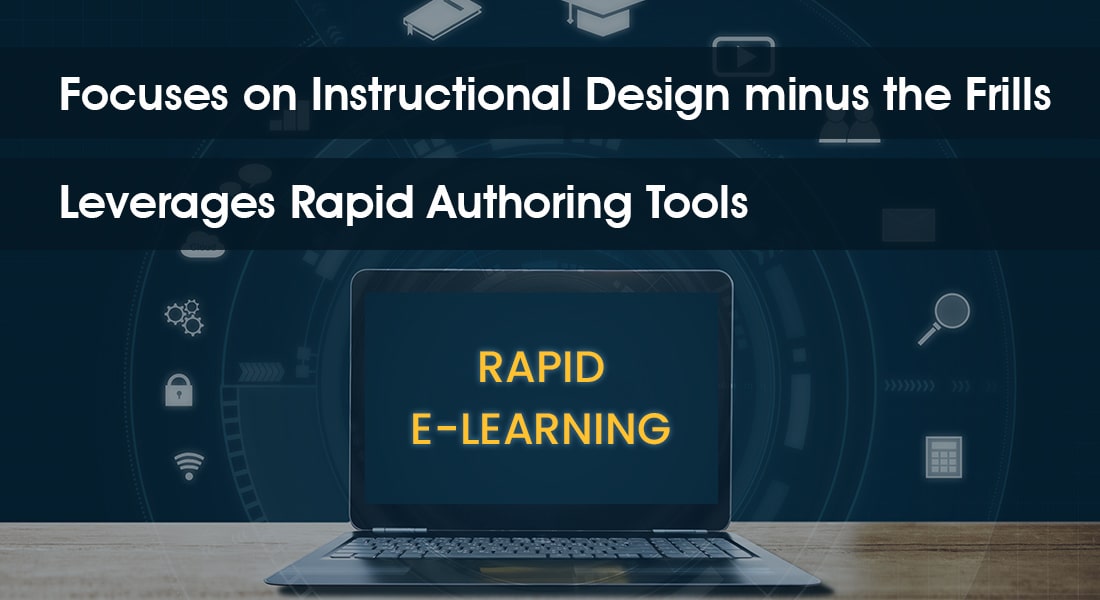The Rapid eLearning Development Process [Infographic]
![The Rapid eLearning Development Process [Infographic] The Rapid eLearning Development Process [Infographic]](https://blog.commlabindia.com/hubfs/blogs/rapid-elearning-development-process-infographic.jpg)
Traditional, lengthy eLearning development processes are being replaced by a more agile and efficient "rapid eLearning." This approach leverages technology and streamline processes to create engaging and effective learning experiences quickly. In this blog, we'll delve into the essential features of rapid eLearning and the rapid eLearning development process.
Features of Rapid eLearning
Rapid Development Tools
Rapid eLearning relies on authoring tools that are designed for ease of use. These tools often come with pre-built templates, drag-and-drop functionality, and intuitive interfaces. Popular examples include Articulate Storyline, Adobe Captivate, and Camtasia.
Reusable Content
One of the core principles of rapid eLearning is the reusability of content. Modules, templates, and media elements can be repurposed across multiple courses, reducing development time and costs.
Microlearning
Rapid eLearning often adopts a microlearning approach, breaking down content into bite-sized modules. This approach is well-suited to the modern learner's shorter attention span and busy schedules.
Multimedia Integration
The inclusion of multimedia elements, such as videos, images, and audio, enriches the learning experience. Rapid eLearning tools allow for seamless integration of these elements into courses.
Rapid Updates and Maintenance
Rapid eLearning allows for quick updates and maintenance. Content can be modified or revised to reflect changes in information or company policies without causing extensive downtime.
→ Download Now - Rapid eLearning Design for Quick Rollout
Mobile Compatibility
With the increasing use of smartphones and tablets, rapid eLearning ensures that courses are responsive and mobile-friendly. Learners can access content on various devices, promoting flexibility and accessibility.
Cost and Time Efficiency
Perhaps the most compelling feature of rapid eLearning is its cost and time efficiency. Reduced development time, fewer resources, and the ability to update content swiftly translate into significant cost savings.
Customization and Personalization
Despite its rapid nature, this approach allows for customization to meet specific learning objectives and audience needs. Content can be personalized for different learner groups.
Bottom Line
Rapid eLearning is revolutionizing the way we create and deliver training content. Its features empower organizations to keep pace with the evolving learning landscape. As technology continues to advance, rapid eLearning will likely remain at the forefront of effective and efficient learning solutions. Embracing these features can help organizations stay competitive and foster continuous learning and development among their employees. It’s time to level up your eLearning game with rapid eLearning. Grab our eBook now!



![Rapid eLearning - The Development Process [Infographic] Rapid eLearning - The Development Process [Infographic]](https://blog.commlabindia.com/hs-fs/hubfs/blogs/rapid-elearning-development-process-info.jpg?width=900&height=2500&name=rapid-elearning-development-process-info.jpg)



